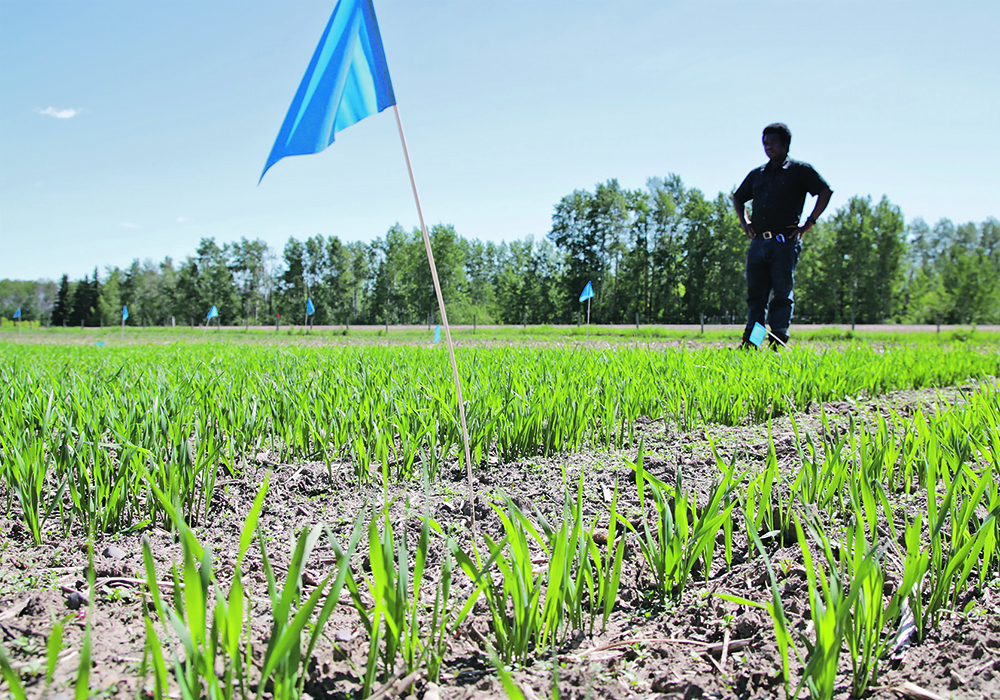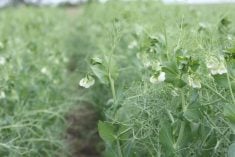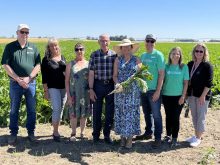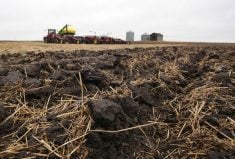Ottawa’s focus on climate change mitigation puts it at odds with farmers who want to focus on ways to improve production
WINNIPEG — At nearly every farm and commodity group meeting this winter across Canada, a farmer in the crowd will make the same statement or ask a similar question.
They will express frustrations with the federal government and its insistence that all research must consider greenhouse gas emissions from agriculture.
At the Manitoba Pulse & Soybean Growers meeting Feb. 14 in Winnipeg, that farmer was Jim Pallister of Portage la Prairie.
Pallister asked how MPSG leaders are navigating federal priorities for ag research, which “lure us into dogs that don’t hunt.”
Read Also
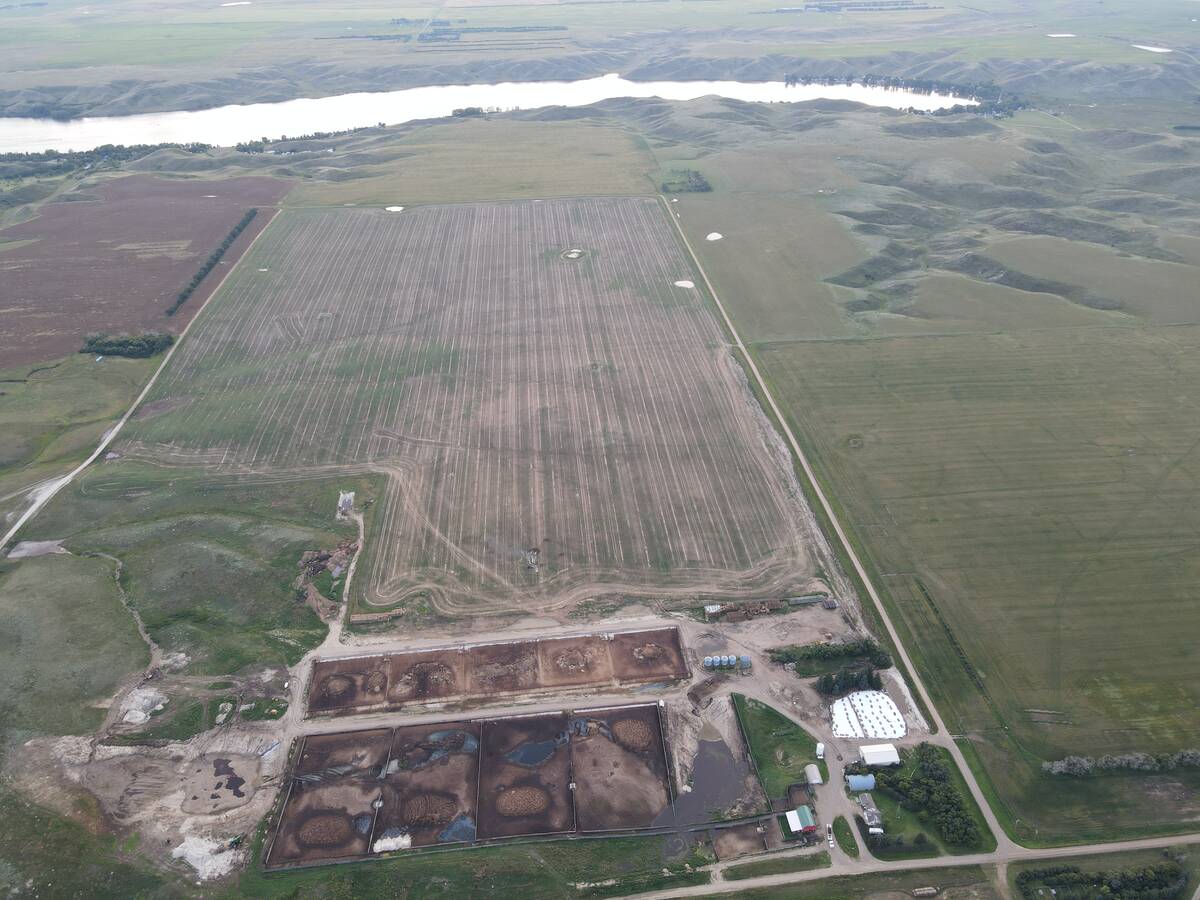
Saskatchewan RM declines feedlot application, cites bylaws
Already facing some community pushback, a proposed 2,000-head cattle feedlot south of Swift Current, Sask., has been rejected for a municipal permit, partly over zoning concerns about the minimum distance from a residence.
Daryl Domitruk, executive director, said the relationship between farm groups and the federal government regarding research funds has been challenging.
“The federal government recently imposed rules … (that say) you will get this much money if you do things the old way, and you will get this much money if you do things our way, now,” he said.
“I would say universally across the country, producer groups oppose that … and negotiated to minimize the effects of those policies as much as possible.”
Tracy Broughton, executive director of SaskCanola, made similar comments to The Western Producer in January.
The problem lies with Ottawa’s new Sustainable Canadian Agricultural Partnership, a five-year, $3.5 billion agricultural policy framework that runs from 2023-28. Government funding is tilted to projects in which the primary focus is reducing greenhouse gas emissions from agriculture and other ways of mitigating climate change.
Broughton doesn’t want SaskCanola to chase federal dollars by submitting research proposals that meet the federal government’s priorities but don’t meet the needs of the province’s farmers.
“We should not be applying for that money,” she said.
Some commodity groups are already taking that approach.
In January, the Saskatchewan Ministry of Agriculture, pulse grower groups across the Prairies, the Western Grains Research Foundation and Results Driven Agriculture Research in Alberta announced $4.2 million to find solutions for root rot in peas and lentils.
Federal dollars were not part of the announcement.
“(This) will develop new options to manage root rot and will contribute to preserving and expanding the pea and lentil acres in our province,” said a Saskatchewan government release.
At the Manitoba Pulse & Soybean Growers meeting in Winnipeg, Domitruk said farmers are willing to partner with the government to achieve public goals, but there must be a reasonable balance between crop production goals and climate targets.
“Farmers are a partner in the solution, they’re a big part of the solution. But we need to be able to produce, to be able to achieve those solutions,” he said.
“There are people in the civil service who get that and there are people who don’t.”
The existing SCAP program runs until 2028. Broughton is urging grower groups to lobby for a different approach to research funding in the next framework.
“If there are government priorities (for the environment), those need to come from a different place,” she said. “It shouldn’t be gutting out the existing program funding that helped to drive our industry forward.”


